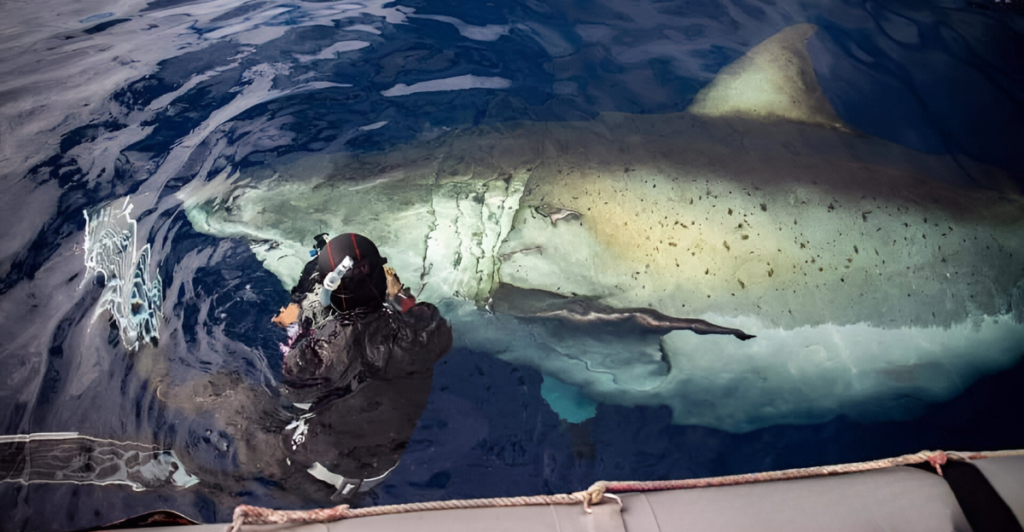
In nature, survival often means looking the part. Fangs, scales, barbs, and massive jaws? They’re evolution’s way of saying “back off.” But some of the scariest-looking animals out there are all bark and no bite—literally. Their terrifying exteriors are just a disguise.
A lot of these creatures have developed intimidating features not to hunt humans or even large prey, but to scare off potential predators. It’s a natural bluff—like wearing a leather jacket to avoid getting picked on in high school. And while these looks fool predators, they’ve also fooled us.
So, before you go running from the next eight-legged beast or ocean monster, take a breath. Not every scary face wants to ruin your day. Some of them just want to be left alone—same as the rest of us.
1. Basking Shark
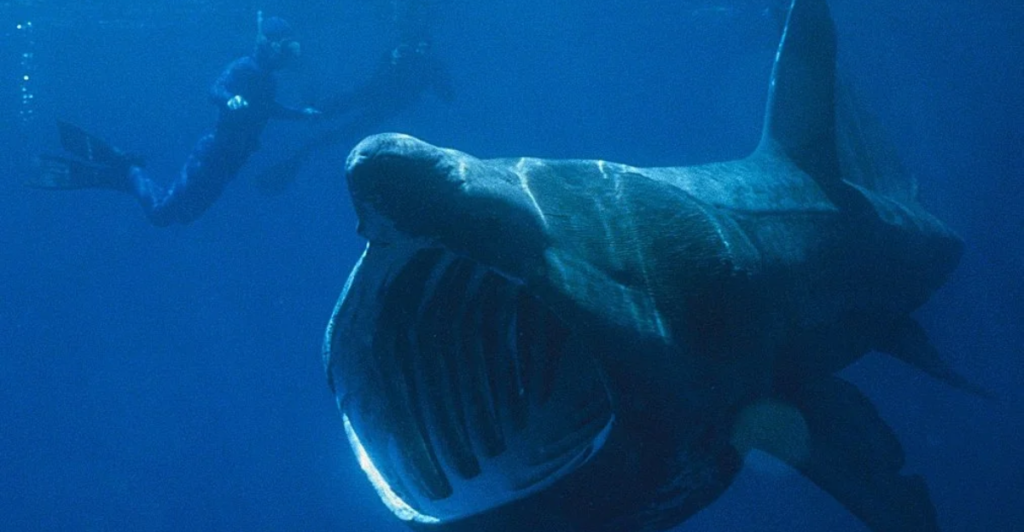
When you first spot a basking shark, your survival instincts might scream “shark!” It’s massive—up to 40 feet long—and swims with its mouth gaping wide like it’s ready to eat you whole. Don’t panic. This gentle giant is a filter feeder.
Basking sharks only eat plankton. Despite their fearsome size, they don’t even have proper teeth. They slowly cruise with their mouths open to sift microscopic organisms from the water. You could swim right by one and be perfectly safe—though a little intimidated.
Divers and researchers regularly encounter them without incident. There’s no bite, no aggression—just a prehistoric sea creature doing its thing. So, next time you see jaws that size, don’t assume it’s a danger. Sometimes, the biggest creatures are the most docile ones.
2. Goliath Birdeater
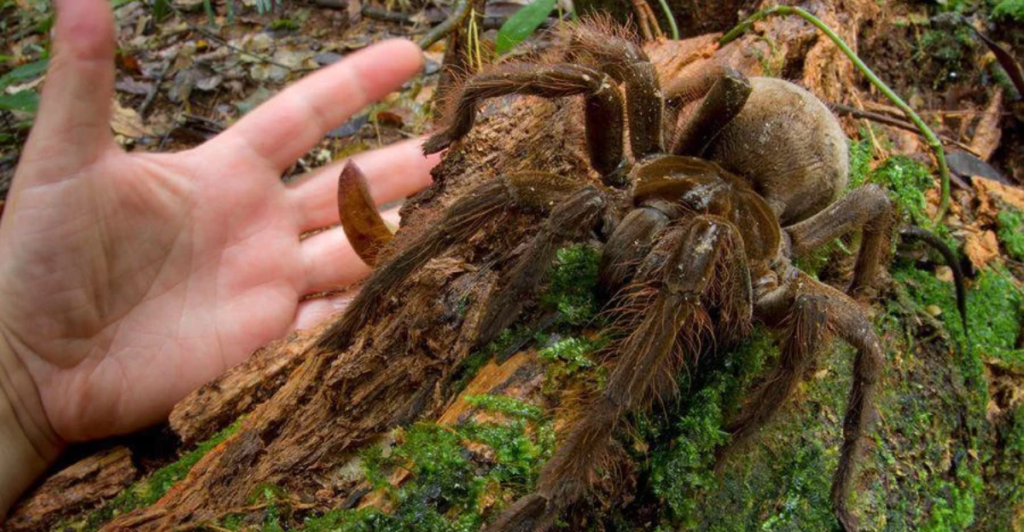
With a name like “Goliath birdeater,” you’d think this spider was plotting world domination. It’s the largest tarantula on Earth, with legs spanning up to a foot. Just the sight of it is enough to send people running for the hills.
But here’s the truth: it’s not interested in you. Native to the rainforests of South America, the Goliath birdeater is shy, nocturnal, and prefers to be left alone. Its venom is mild—about as bad as a wasp sting—and bites are extremely rare.
Instead of attacking, it relies on dramatic defense: hissing sounds, hair flicking, and posturing. It mostly hunts insects and small critters, not birds (despite the name). So go ahead and scream if you must—but know this spider isn’t the villain.
3. Milk Snake
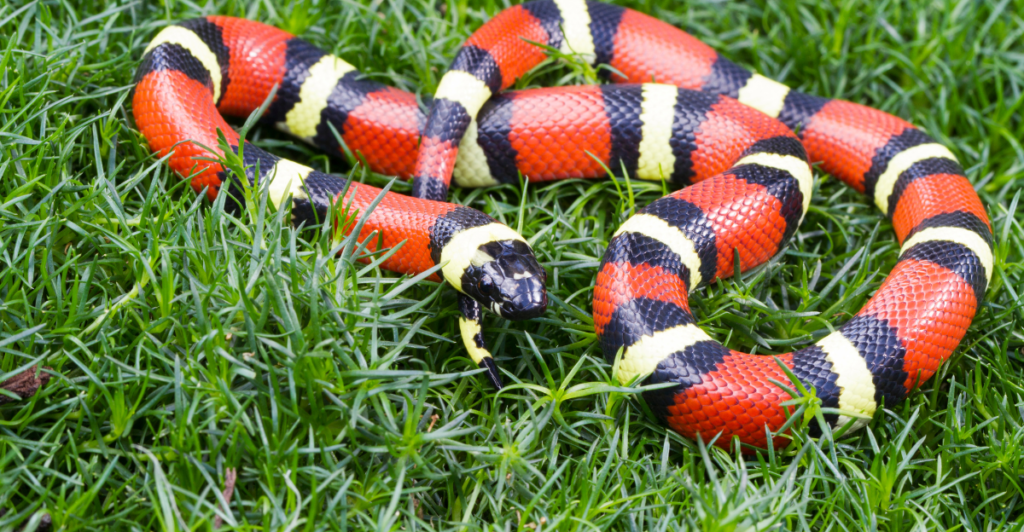
The milk snake’s bright red, black, and white bands can trigger alarm bells. That’s because it closely resembles the venomous coral snake. But this colorful serpent? It’s all show and no venom—completely harmless to humans.
It survives by mimicry, a brilliant evolutionary trick. Predators think twice before attacking it, mistaking it for its dangerous lookalike. There’s even a rhyme to help you tell them apart: “Red on black, friend of Jack. Red on yellow, kill a fellow.”
Milk snakes are constrictors and actually help control rodent populations. They don’t chase, bite, or strike unless seriously provoked—and even then, there’s no venom. If you see one in your yard, don’t panic. You’re looking at nature’s version of a bluff artist.
4. Manta Ray
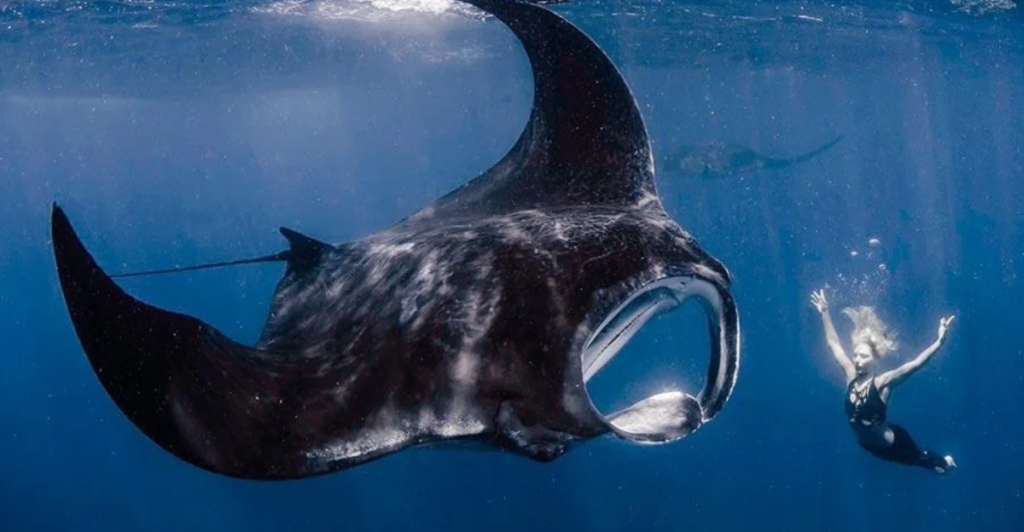
Manta rays can grow to an incredible 25 feet wide and look like they belong in a sci-fi movie. Add in their ghostly glide and blank stare, and it’s easy to assume they’re a threat. But they’re completely harmless filter feeders.
Unlike stingrays, manta rays don’t have a venomous barb. They eat plankton and other microscopic organisms, using their large mouths to filter food as they swim. They’re more interested in swimming barrel rolls than bothering you.
Divers often seek them out for their calm presence and graceful movement. Mantas are curious, sometimes swimming right up to humans for a closer look. If you’re lucky enough to meet one in the wild, consider it a magical moment—not a danger.
5. California Kingsnake
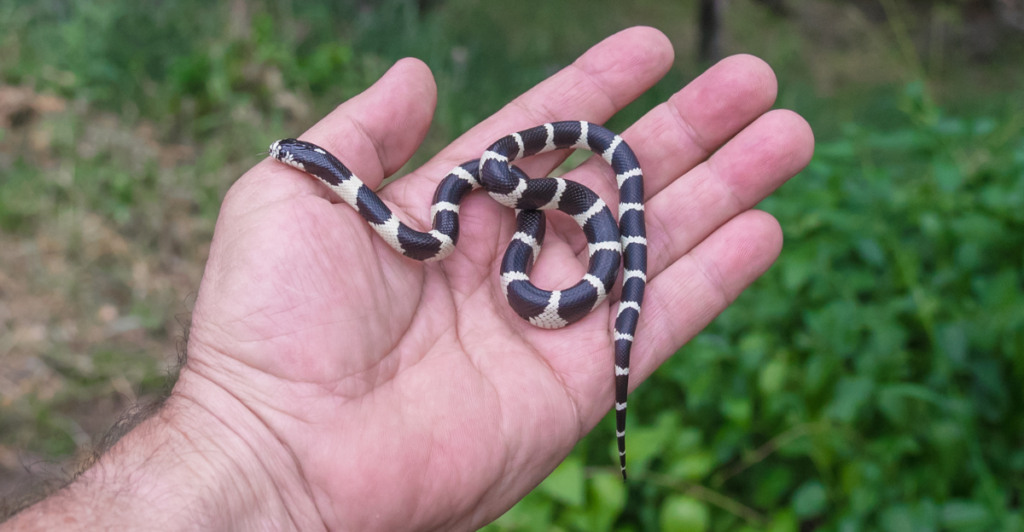
At first glance, the California kingsnake looks intimidating. It has strong patterns, a hissy attitude, and occasionally mimics rattlesnake behavior when threatened. But it’s completely nonvenomous—and oddly enough, it’s kind of a hero.
Kingsnakes are famous for eating other snakes, including venomous ones like rattlesnakes. They’re immune to their venom, making them valuable members of their ecosystems. Despite the tough-guy act, they’re docile and often kept as pets.
When approached in the wild, they’re more likely to retreat than strike. And if they do coil up, it’s just a warning. You’re not in danger—they’re just hoping you’ll leave. And you should—because they’ve got work to do keeping pests in check.
6. Vultures
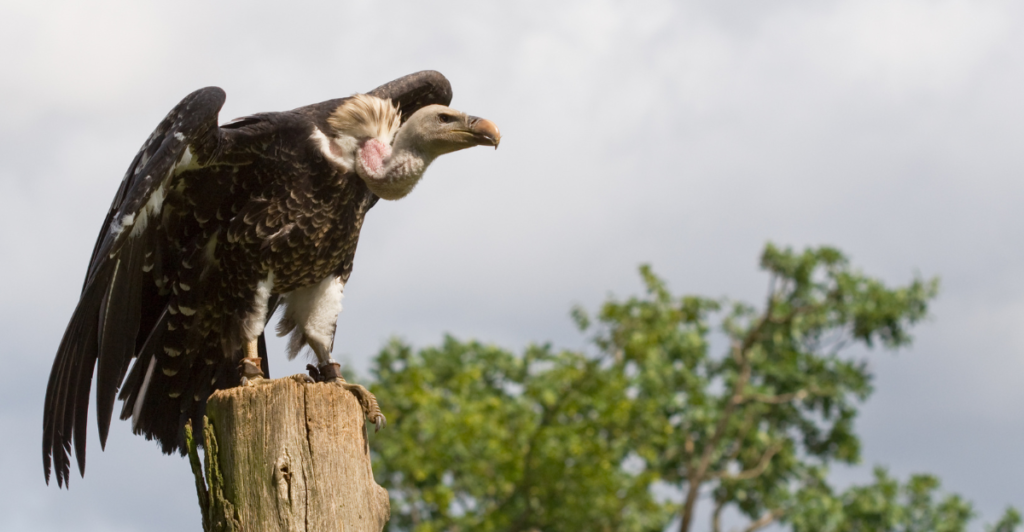
With bald heads and beady eyes, vultures look like villains straight out of a horror film. Their association with death and decay doesn’t help their reputation. But in reality? Vultures are crucial to keeping ecosystems clean and disease-free.
They’re scavengers, feeding almost exclusively on dead animals. That means they help prevent the spread of diseases like anthrax, rabies, and botulism. Without vultures, decaying carcasses would rot in the open, creating massive hygiene problems for humans and wildlife.
Despite their creepy image, vultures aren’t aggressive. They won’t attack people or animals unless cornered—and even then, they’d rather vomit as a defense. Gross? Absolutely. Dangerous? Not even close. Let them do their job. They’re gross—but they’re also kind of heroes.
7. Lynx Spider
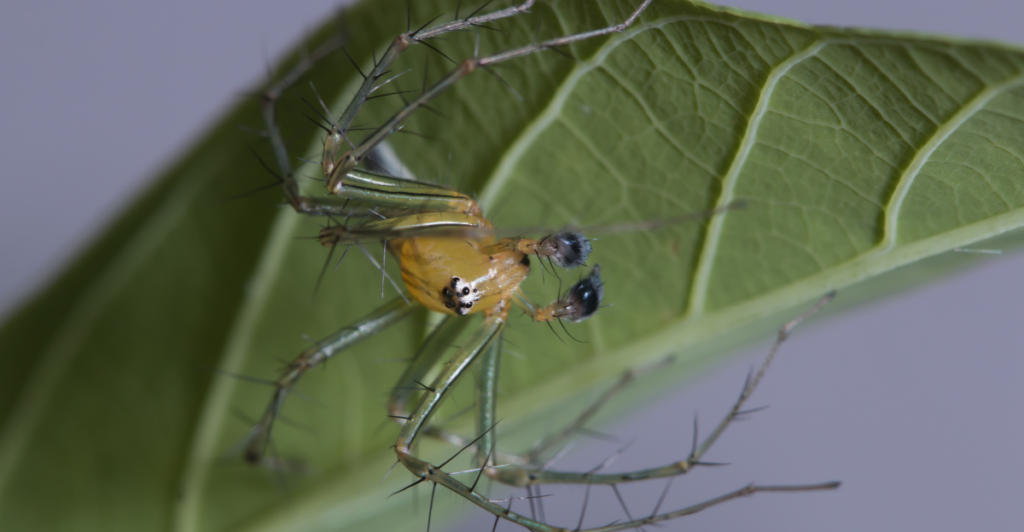
Lynx spiders look like tiny nightmares—spiky, quick, and always ready to pounce. Instead of spinning webs, they stalk and leap at their prey with precision. It’s impressive, terrifying, and totally harmless to humans.
Their venom is effective on small insects but poses zero threat to people. They’ll only bite if seriously provoked, and even then, it’s more of an “annoyed pinch” than a medical emergency. They prefer to chill among leaves and flowers, ambushing bugs.
Lynx spiders are actually helpful garden allies, keeping pest populations under control. They look creepy, sure, but if you spot one in your plants, consider giving it a fist bump. Just metaphorically. With gloves. From afar. But you get the idea.
8. Giant African Millipede
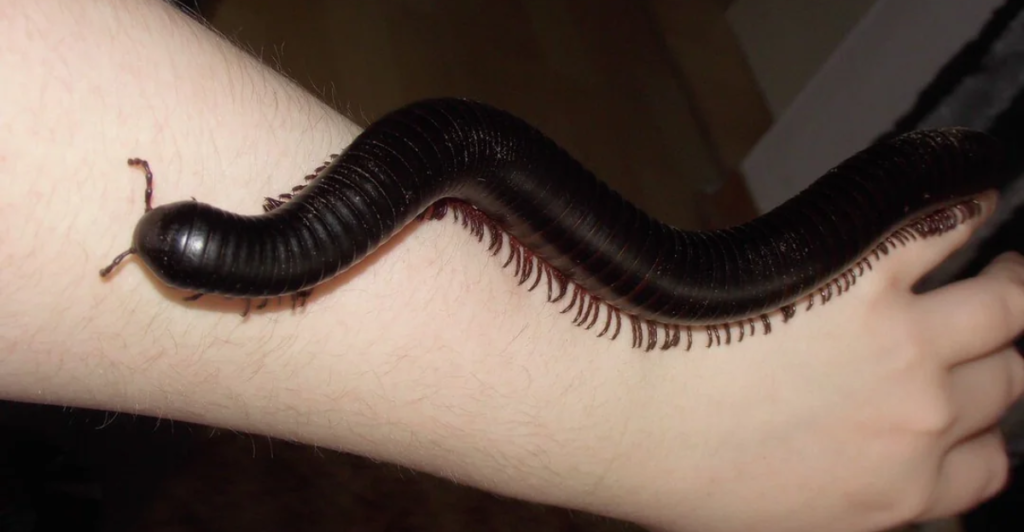
With hundreds of legs and a body that can stretch over 15 inches, the giant African millipede looks like it crawled out of a sci-fi nightmare. But the reality? This gentle decomposer just wants to eat some leaves and chill.
Millipedes aren’t venomous. They don’t bite, sting, or attack. When threatened, they simply curl into a coil and release a mild, smelly fluid that repels predators. It’s harmless to humans—though it might ruin your lunch if you sniff too close.
In their ecosystems, millipedes play a critical role. They break down decaying plant matter and recycle nutrients into the soil. Scary-looking? Sure. But dangerous? Not at all. They’re basically the janitorial staff of the forest—and we should all be grateful.
Monsters? Nope. Misunderstood
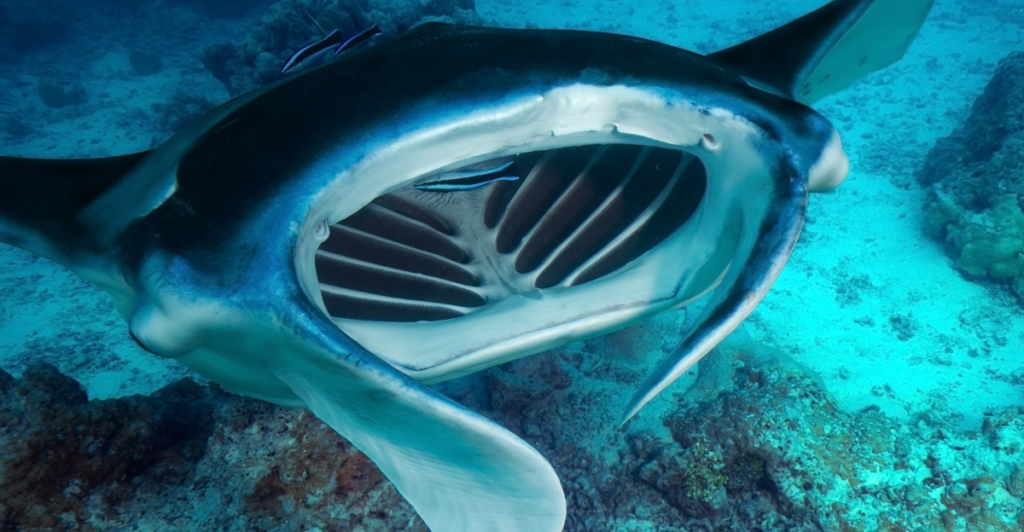
Fear is easy. You see a big mouth, too many legs, or a weird pattern, and your brain yells, “RUN!” But if we take a second to look deeper, most of these creatures are just trying to get by like the rest of us.
Every animal on this list has a spooky reputation it didn’t earn. They’re not plotting your downfall—they’re surviving, evolving, and in many cases, helping clean up the planet. They’re victims of bad PR, not an actual threat.
So next time you feel that chill down your spine in the wild, stop and think: is it actually dangerous—or just dressed like it is? Respect the wild, but don’t fear what you don’t understand. Sometimes, the scariest face has the kindest role.
Explore more of our trending stories and hit Follow to keep them coming to your feed!

Don’t miss out on more stories like this! Hit the Follow button at the top of this article to stay updated with the latest news. Share your thoughts in the comments—we’d love to hear from you!







